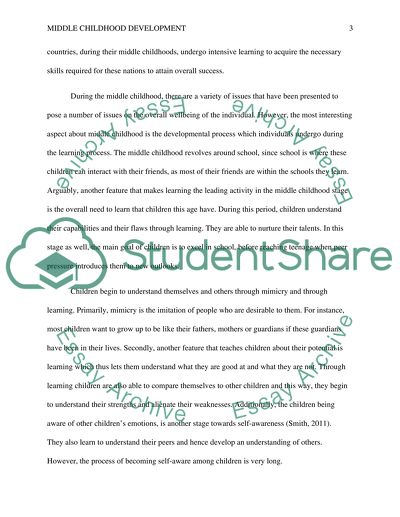The Period of Middle Childhood Assignment Example | Topics and Well Written Essays - 500 words. Retrieved from https://studentshare.org/education/1643182-the-period-of-middle-childhood
The Period of Middle Childhood Assignment Example | Topics and Well Written Essays - 500 Words. https://studentshare.org/education/1643182-the-period-of-middle-childhood.


